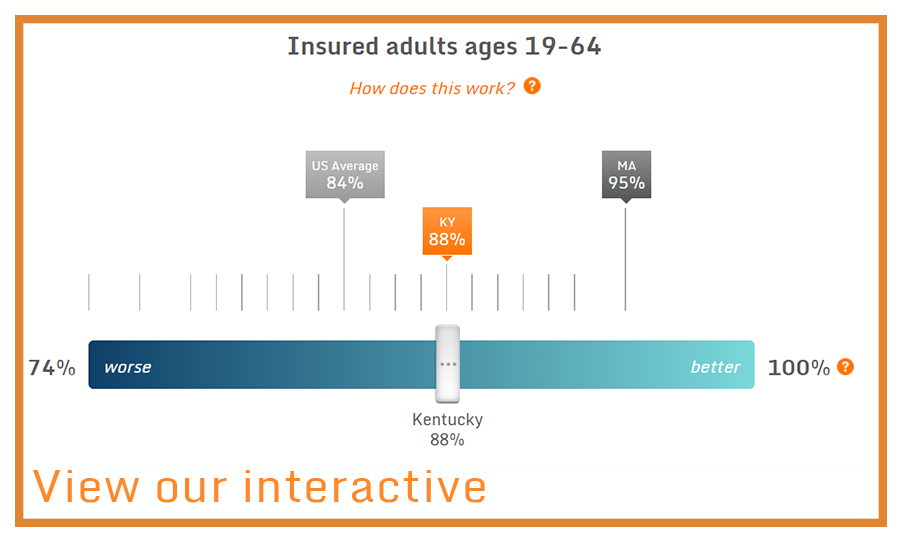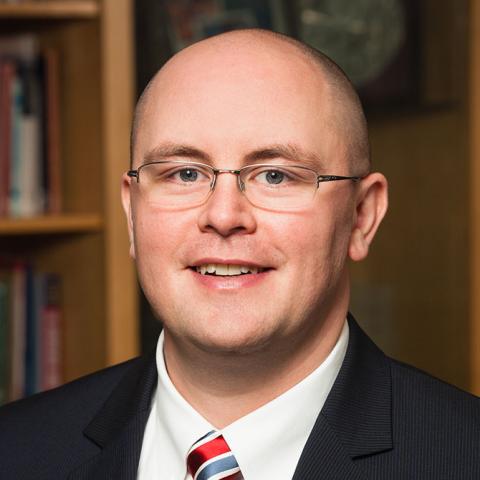Following the release of The Commonwealth Fund’s latest Scorecard on State Health System Performance, we’ve updated our interactive tool that allows users to see the gains their states could make by improving their performance to the level of better-performing states on measures of health care access, quality, and outcomes.
Say, for instance, that a state’s leaders wanted to estimate the impact of expanding health insurance coverage. They could compare their state to the best state on this indicator, Massachusetts, or to any other state that might offer a useful comparison.

For example, you can see what would happen if states that haven’t yet expanded their Medicaid programs under the Affordable Care Act were to raise their overall health insurance coverage of adults to the level achieved by Kentucky in 2014.
Kentucky, which expanded Medicaid eligibility, achieved the greatest improvement in coverage for adults from 2013 to 2014. Kentucky’s adult coverage rate in 2014—88 percent—was also the average among the 24 states and the District of Columbia that had expanded Medicaid as of January 1, 2014. (Seven states expanded Medicaid after that date.)
Using the interactive, we found that if the non-expanding states with adult coverage rates lower than Kentucky’s were to improve to Kentucky’s 2014 level, nearly 6.2 million more adults would be insured across these states (see table).
The impact for a particular state would depend on how much room there is for improvement, as well as the state’s population. A goal of 88 percent coverage is probably too low a bar for states such as Maine, Nebraska, and South Dakota, which already came close to that level in 2014. But it would represent a huge gain for residents of states that have relatively high rates of uninsured residents.
For example, the number of adults gaining coverage in this scenario would amount to over 153,000 in Virginia, almost 195,000 in Tennessee, more than 416,000 in North Carolina, and 608,000 in Georgia. Given their high uninsured rates and large populations, Florida and Texas would see the biggest gains: 1.4 million and 2.2 million more insured adults, respectively.
This same approach can be used to estimate the impact of other improvements, such as the rate of adults who smoke. If a state with an average rate of tobacco use, like Wisconsin, improved to the level of a better-performing state, such as Colorado, nearly 133,000 fewer adults would smoke cigarettes in Wisconsin. And if Colorado improved to the level of the best-performing state on this indicator, Utah, it would see 205,000 fewer smokers.
We encourage you to take a look at the interactive and let us know how you use it. Like the scorecard, this tool is intended to help states learn from one another’s experiences and to set achievable goals for improvement. And as always, we welcome your feedback and suggestions.





